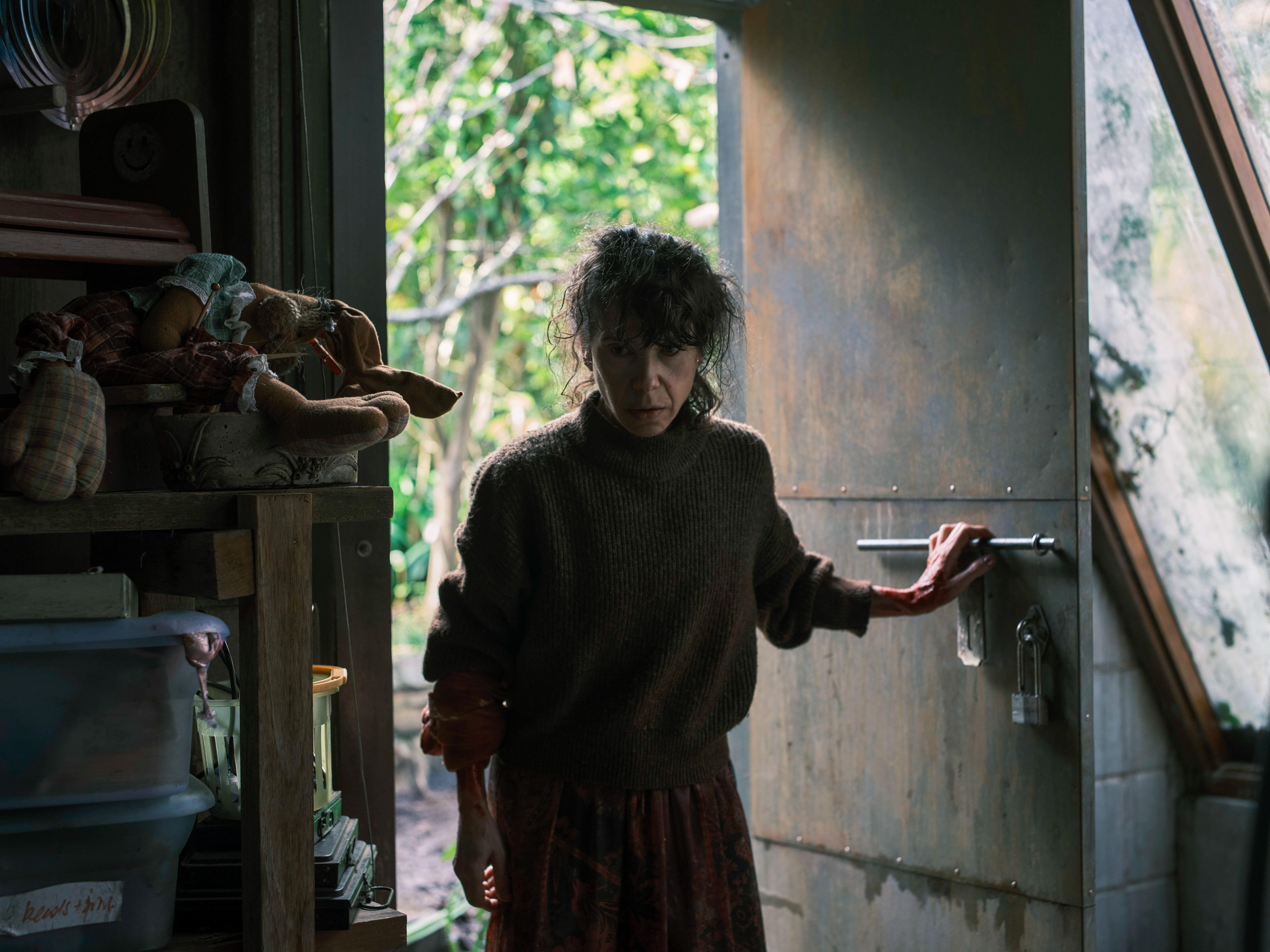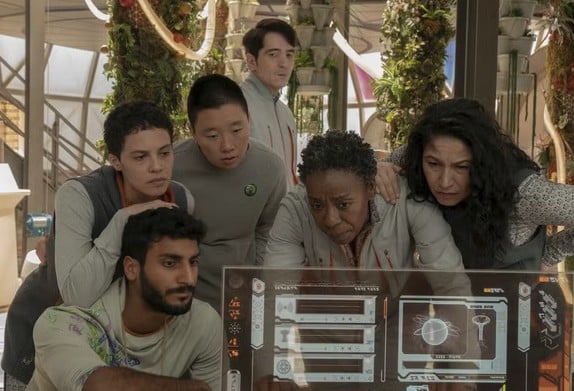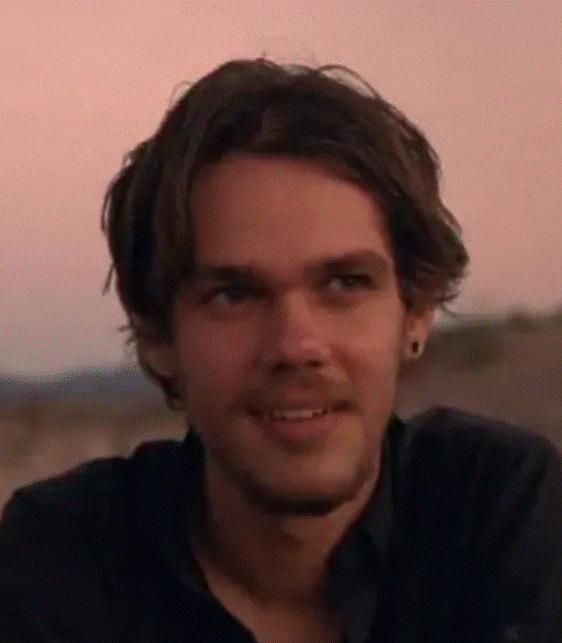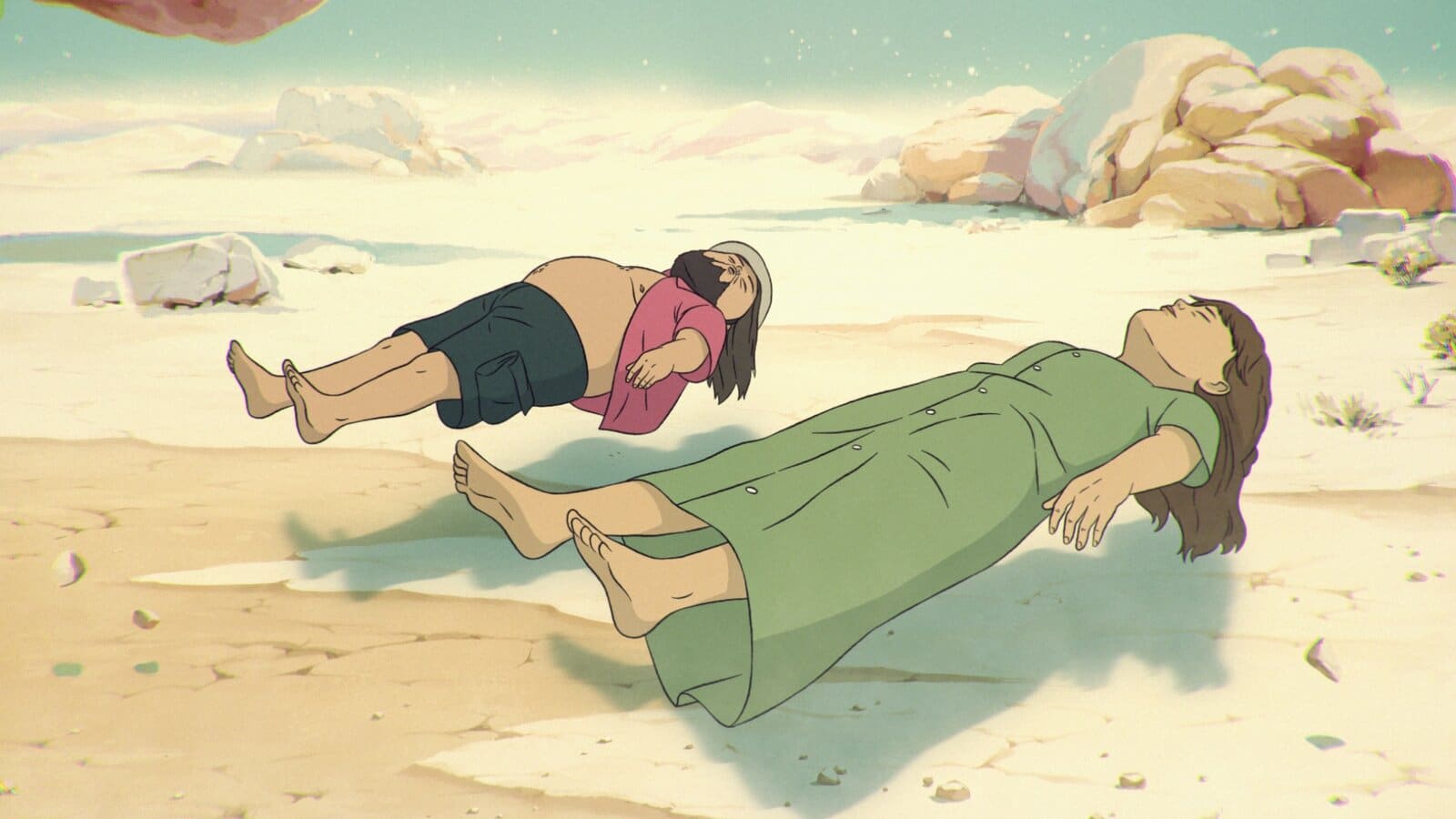Watercooler Pick
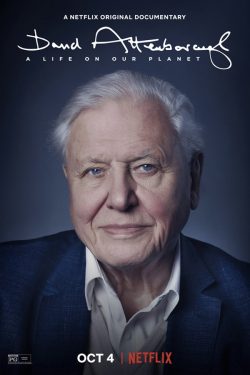
David Attenborough: A Life on Our Planet
- Movie
- Where to Find It: Netflix
- Rating: PG
- Release Date: 2020
- Runtime: 1 hour, 23 minutes
Recommended by:
Share on social media
Find More Watercooler Picks
Naturalist David Attenborough has had a long career of making films that show the beauty and stunning diversity of life on our planet. Now in his nineties, he has made this latest film as a witness statement about the loss of wilderness that has taken place during his lifetime, and the dire consequences of this loss and of climate change. If this grim subject matter makes you want to avoid watching the film, know that the last 30 minutes are about hope and about specific actions we can take to turn things around!
The film features Attenborough reflecting on changes he has observed during his life, and as such he plays the primary role. It focuses to some extent on his experiences and previous films, but you don’t need to have heard of him or seen any of his films to understand his message.
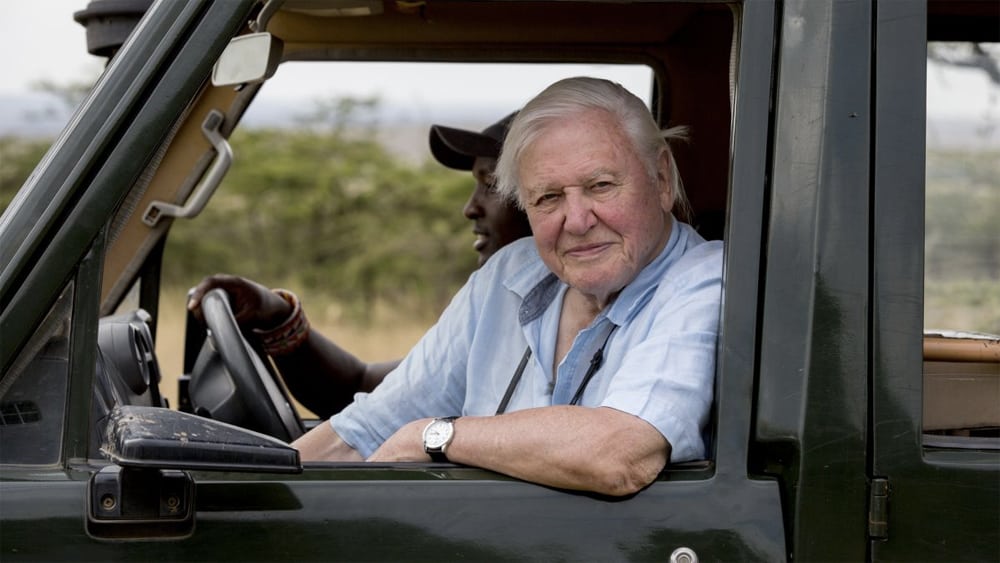
Like all of Attenborough’s nature films, the images of animals, plants, and wild places are stunningly beautiful. But this film is about more than grabbing our attention through beauty and wonder—it’s highly personal, and I felt Attenborough’s sense of grief as he described the changes that we have brought to our world during his—and my—lifetime. One image seared in my memory is of an orangutan clinging to a lone, damaged tree, looking out over a region of tropical rain forest cut down to make way for an oil palm plantation.
I felt devastated halfway through the film, but I didn’t turn it off, and I’m glad. In the last third of the film, Attenborough leads us through ways that we can help the planet heal itself, restoring the wild parts of the world that we have lost. He shows how doing so doesn’t lead to deprivation for humans—in fact, it’s the opposite. And the strategies that Attenborough describes don’t depend on inventing new technologies that don’t exist yet; on the contrary, they seem very much within reach today.
It’s clear that Attenborough has led a privileged life, and he acknowledges this. He didn’t have to make this film, but he did, and I’m grateful to him for it.
This film might break your heart, but it also has the capacity to inspire you to action. It left me energized by the thought that we can reverse the loss of wildlife and wild places on our planet, and slow the pace of climate change, and that doing these things will make our lives so much better!
People who are already passionate about nature and the environment, or people who don’t seem to care and could use a wake-up call. The beautiful and amazing videography may pull some of the latter group in. The sadness at the losses our world has experienced can be hard for sensitive people to take, but the hopeful messages in the last third of the film help.
- Moods: enlighten me, inspire me, stretch my mind, transport me, tug my heartstrings
- Interests: conversation worthy, documentary, politics, science

Ingrid Zabel



